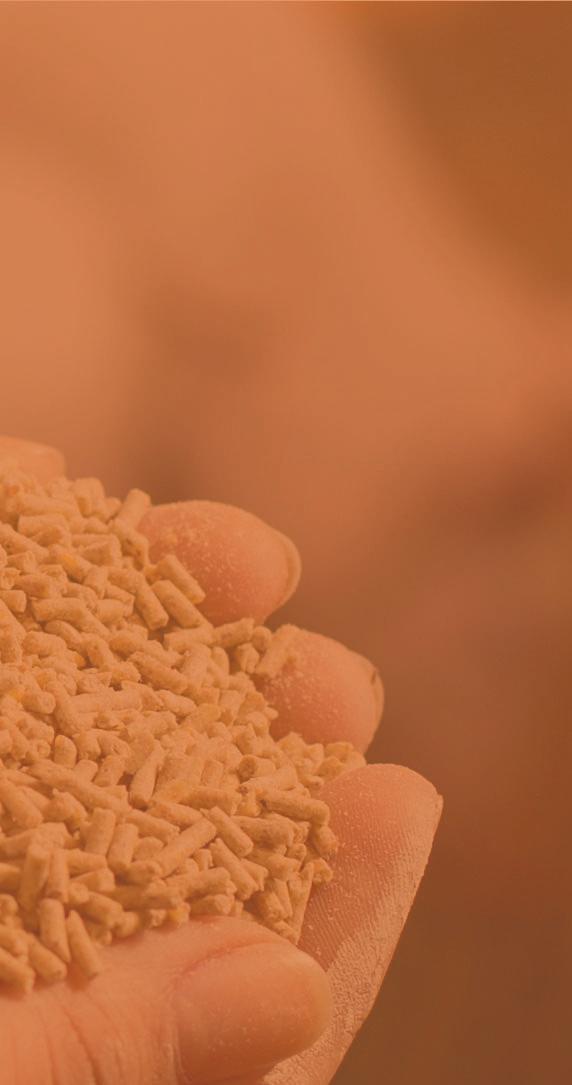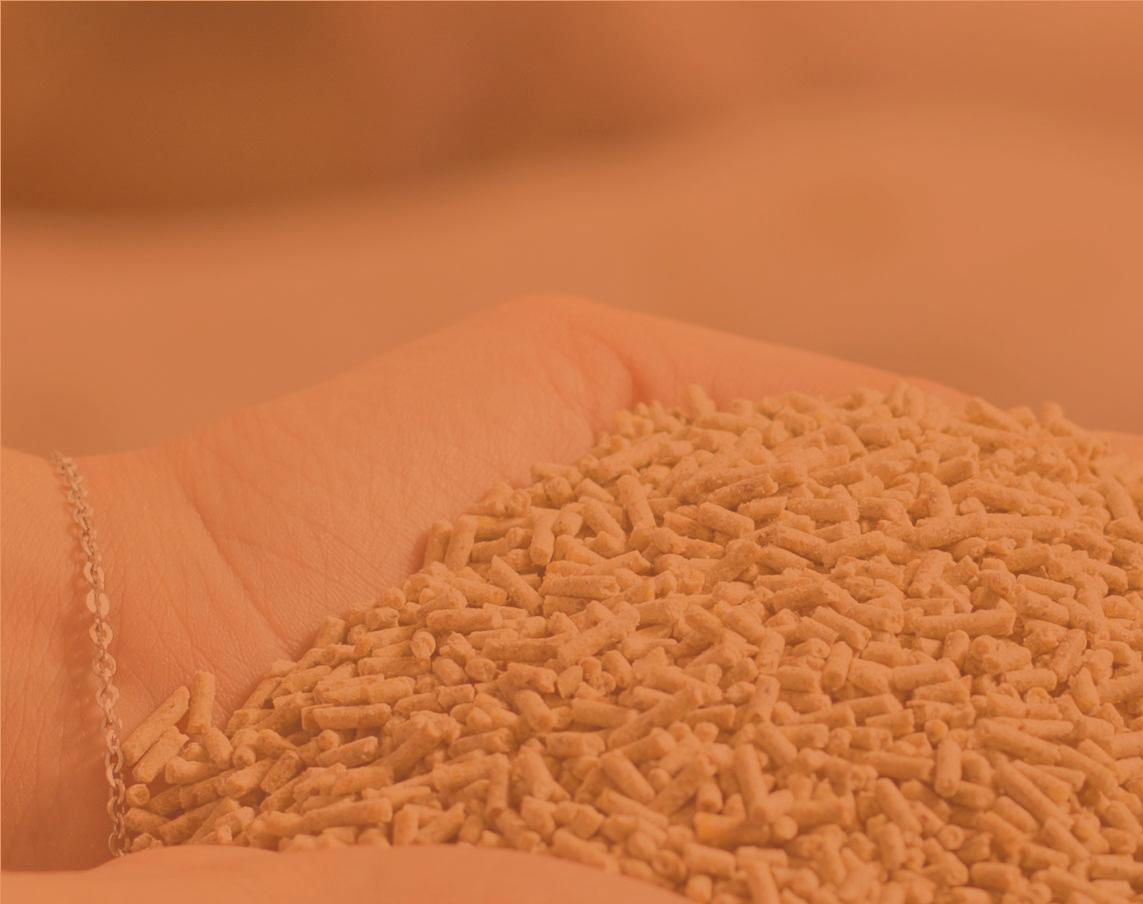GLYCEROL MONOLAURATE
Glycerol monolaurate, also known as monolaurin, is a monoglyceride based on lauric acid. It is considered more biologically potent than the respective fatty acid. As mounting concerns about antibiotic resistance and more restriction are imposed on the use of antibiotics and antibiotics growth promoters on healthy animals, the demand for viable alternatives has increased. Glycerol monolaurate is an ingredient with antibacterial property that empowers the animal health status and performance.
Oleon offers different monolaurin products, with a monoglyceride content ranging from 40% to 90%.



CHALLENGE

The animal farming industry is facing many challenges such as the reduction of the environmental footprint, the improvement of feed efficiency and animal welfare. There is a need for viable additives that support farmers in reaching their objectives.


Mitigated pathogen growth


Improved gut health
Supported immune system
www.oleon.com
WE KNOW IT'S MORE THAN BACTERIA
PERFORMANCE TEST
Glycerol monolaurate
Method of action
The mode of action of glycerol monolaurate is linked to the unique structure of monoglycerides. When the hydrophilic glycerol head and the hydrophobic lauric acid tail interacts with the cell membrane of the fat-enveloped microorganisms, it disables the microorganisms by disrupting its structure.
Monolaurin also exhibits immunomodulatory properties by working on both the cell signaling pathways of immune cells and pro-inflammatory cytokines. As a result, less energy is required for the immune system and more resources can be directed towards increased growth. This leads to a healthier intestinal tract.



Results in broilers


PRODUCT NAME CompostionPhysical formRecommended dosageUsage Radiamuls MG 2549V ≥90% monolaurinFree-flowing powder0.3-1 kg/MTPremix application Radiamuls MG 2440V Monolaurin on fat carrier Free-flowing powder1.5-3 kg/MTIn-feed application Radiamuls MG 2140V 45-60% monolaurinBulk (solid)0.6-2 kg/MTPremix and feed mills
monolaurate Active throughout the whole intestinal tract Up to 3 points FCR improvement Effective against Streptococcus and Clostridium Up to 62% reduction in mortality Up to 4x more antimicrobial than the free fatty acid Up to 20% reduction in foot pad lesions C to 4 the fre th Antimicrobial capabilitiesPerformance improvements
Glycerol













